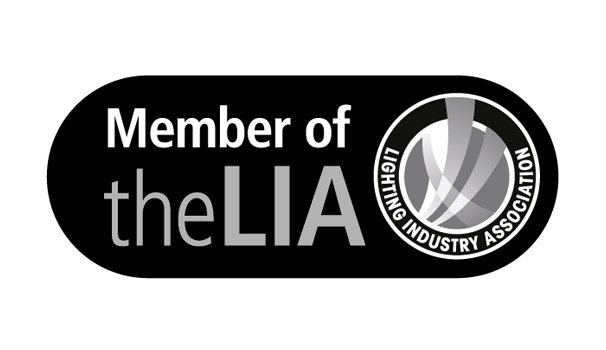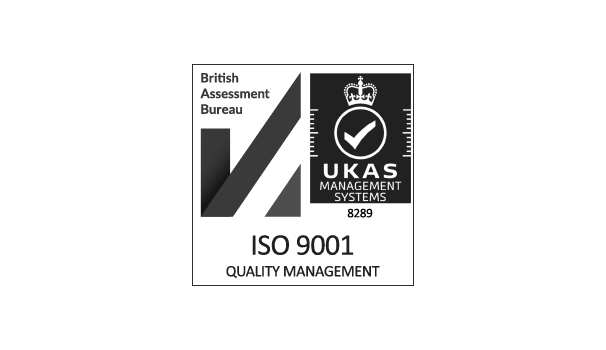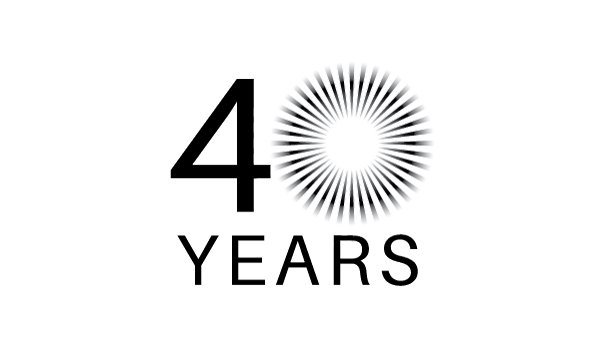TM-30: Interview with Peter Raynham

As one of the first to use the new TM-30 test method, LUMINO had the pleasure to discuss the implications for colour rendering measurement with Peter Raynham, Bartlett School’s Light and Lighting MSc course director.
Lumino: Can you please tell us more about your background and what's the root of your passion for lighting?
Peter Raynham: 'I have been involved in lighting for too long, I started out with a lamp company that then became part of Osram, before moving on to work for Philips for 18 years. I joined UCL in 1996 and have been researching and teaching ever since. The bit about lighting that I like is the massive scope to the subject, everything from quantum wells to the subjective impression of brightness. This means that you are forever finding something new.'
Lumino: Introducing the Technical Memorandum TM-30-15, we would like to know what is your definition of colour rendering?
Peter Raynham: 'This is always a difficult question so perhaps the best way to start is with the standard definition from the International Lighting Vocabulary: the effect of an illuminant on the colour appearance of objects by conscious or subconscious comparison with their colour appearance under a reference illuminant. This may be a good start but the implication of the statement is that there is some reference illuminant provides the ideal way to render colours. This clearly does not exist and in a wide range of applications we find that people's preference for the way things should look is not what any reference illuminant could create. The whole nature of subjective impressions of colours is such that you know that if anyone comes up with a system of colour metrics that predicts colour to more than one figure you know it must be wrong to some degree.'
Lumino: Do you think that TM-30 is opening the way to a completely new, industry-accepted standard? In your opinion, how now will the debate progress?
Peter Raynham: 'TM-30's key innovation is that it broke concept of colour rendering in two. It defines two metrics, one for colour fidelity which does the same job as the old metric Ra, and a new metric for colour gamut that gives some idea of how vivid colours may appear. There is no doubt that metrics to cover both areas are needed, however, it is not clear that the calculations defined by TM 30 are fully logical. However, given my comments under point 2 it will never be possible to say that any given method is better than another if their results only differ by one or two points.'
Lumino: What is the most interesting point revealed by this report? What weaknesses did you identify, if any?
Peter Raynham: 'The good thing about TM 30 is it has got us talking about light source colour again, and it has introduced some nice diagrams to help us. The real problem with TM 30 is that the maths are not self-consistent and whilst they go to great lengths in some places to ensure smooth transitions in results for sources that are only slightly different to each other in other places they go for step changes.'
Lumino: Do we really need 99 colour-evaluation samples, opposed to the 14 used for the CRI?
Peter Raynham: 'This is a very good question, in theory more colours looks like it could give a better answer. However, given that the precision to which we can calculate these metric is much greater than the sensitivity we have in the assessment of the subjective impression that is being created. Ultimate precision is not that important, however, we do need a reasonable number of test samples spread across a range of colours to stop light source manufactures gaming the system.'
Lumino: A few months ago, Mondo magazine published an article called 'Time to cry for CRI’, what do you think about the choice of this title?
Peter Raynham: 'This is a bit sad. I seen a lot of events about colour over the past few years where someone used the CRI / cry pun. The worst one was an event titled A CRI for Help.'
Lumino: Being one of the first companies in the world to be TM-30 ready, Lumino developed an interactive workshop dedicated to explaining the essence of TM-30 in order to support lighting designers to use this new tool with a better understanding of the quality of light. What do you think about this knowledge sharing approach?
Peter Raynham: 'This a good idea. The more people start talking about the issue of colour the better, with a bit of luck we can end the practice of light source colour specification being something of tick box exercise - CCT 4000 - tick, Ra greater than 80 tick.'
If you want to book your Lumino TM-30 workshop, please contact us: info@lumino.lighting



